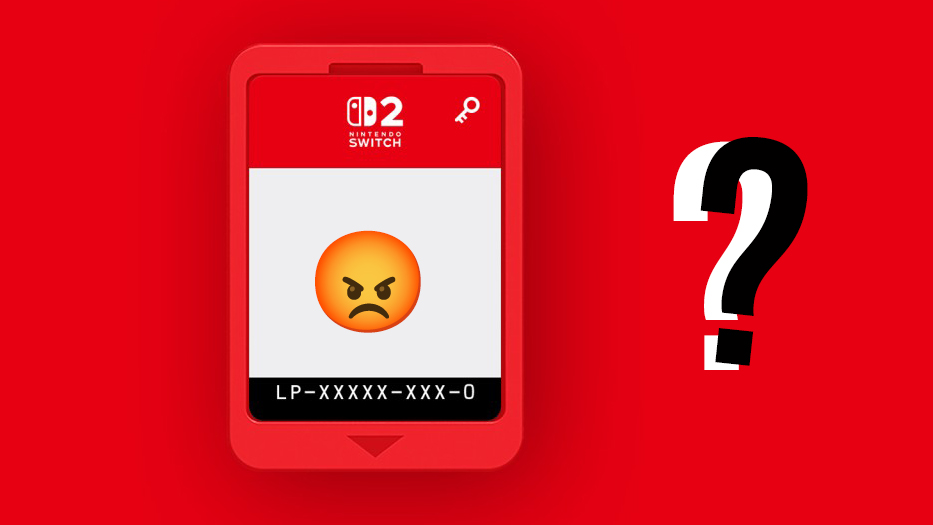What can be done to stop generative AI art?
These professional artists are fighting back against generative AI art and highlighting issues with the technology.
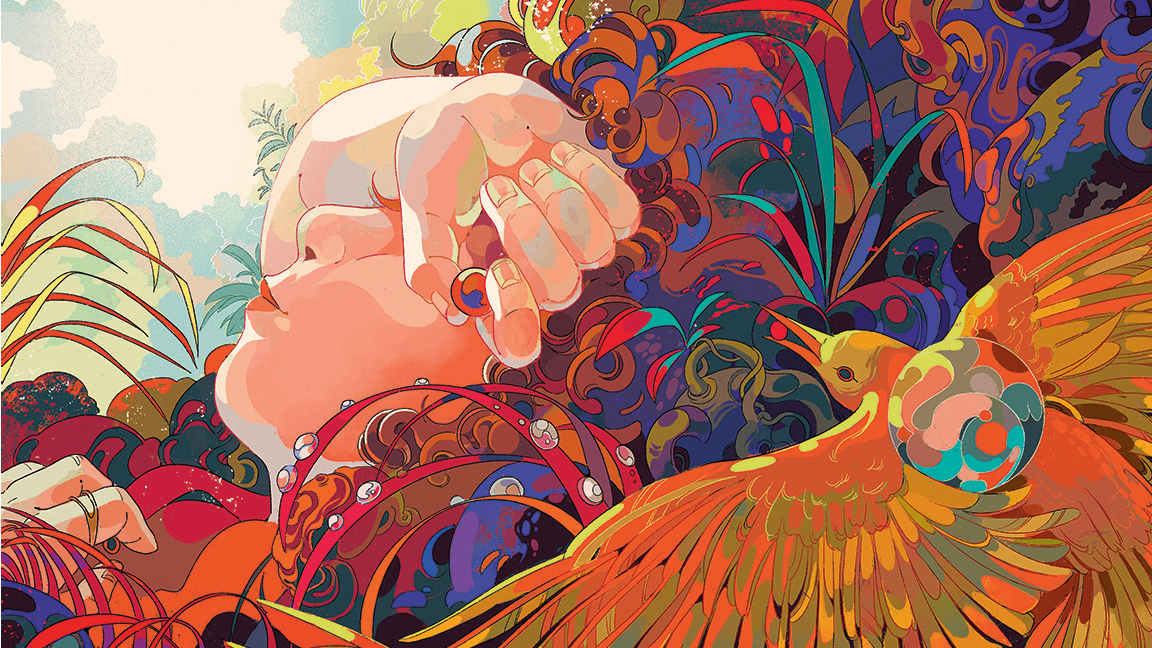
Can we stop generative AI art? With ever increasing access to the best AI art generators and now AI image generation even becoming available directly in Bing and Google search, that seems unlikely. However, steps are being taken to fight back against generative AI.
Artists have been shocked to find that their names were being used as prompts to churn out pastiche works that closely mimic their distinctive styles, sometimes even carrying garbled versions of their own signatures. Even when AI-generated images from don’t closely resemble any one artist’s work, many find it galling that their images have been used as training data without their consent to create a product that may threaten their livelihoods (see our pick of the best AI art tutorials and our guide to how to use DALL-E 2 for more on how text-to-image generators work).
The outrage of artists work being scraped to train AI art generators such as Stable Diffusion and Midjourney caused many digital artists to protest on ArtStation. While we still look on in amusement at the freakiest AI art, this technology is becoming no joking matter for many digital artists. We spoke to several artists about the problems with AI art. None of the art in this article is AI generated.
Generative AI art: the problem
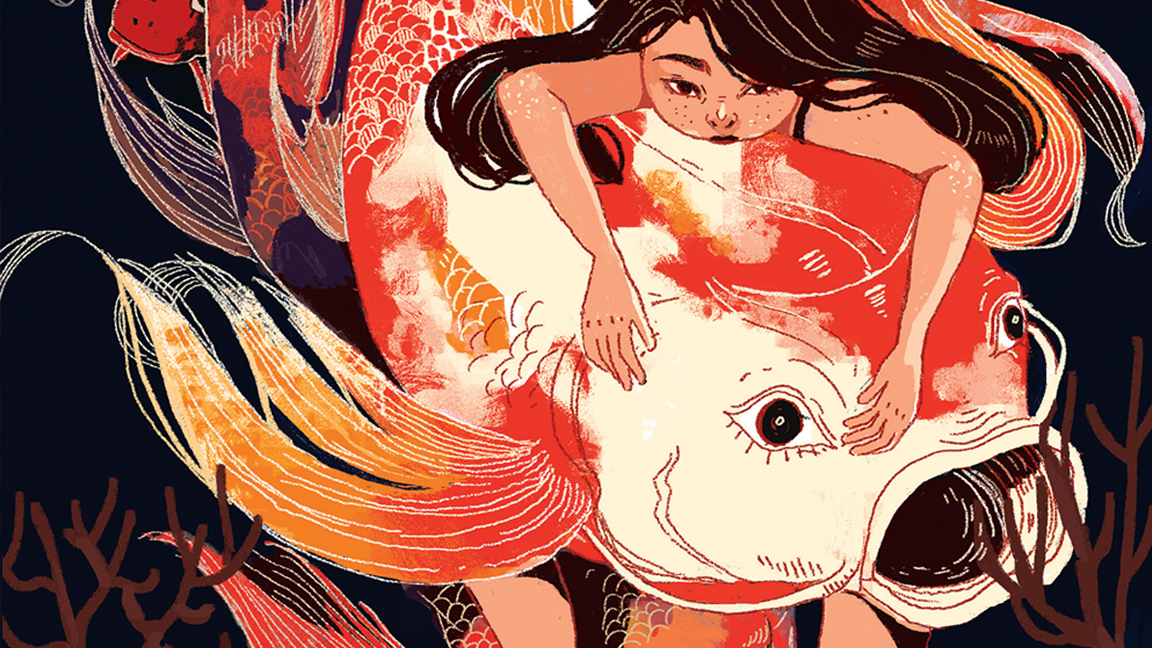
Illustrator Deb JJ Lee describes the moment they first encountered AI art in their style. "The experience of seeing someone toss my work into Stable Diffusion and make a model off it was nothing short of devastating," they say. "An artist’s voice is a lifetime development that is an amalgam of their visual vocabulary, interpretations of influences, and even their beliefs. It’s everything. To have work come out from a mindless machine learning model that looks just like mine, but without the struggle of developing that voice, is a slap in the face."
JJ Lee isn’t the only one to go through this experience, and some rights holders are fighting back. Three artists have launched a class-action lawsuit against Stable Diffusion with a lawyer also litigating against GitHub CoPilot, an AI-powered programming tool trained on publicly available code from GitHub.
The suit alleges that "Stable Diffusion contains unauthorised copies of millions – and possibly billions – of copy righted images," and seeks to use existing copyright law to sue Midjourney, Stability AI and DeviantArt. Getty Images has also filed a suit against Stable Diffusion, and the Concept Art Association has raised over $200,000 to pay for a government lobbyist in the US, with the intention of updating laws to ensure artists’ interests are protected.
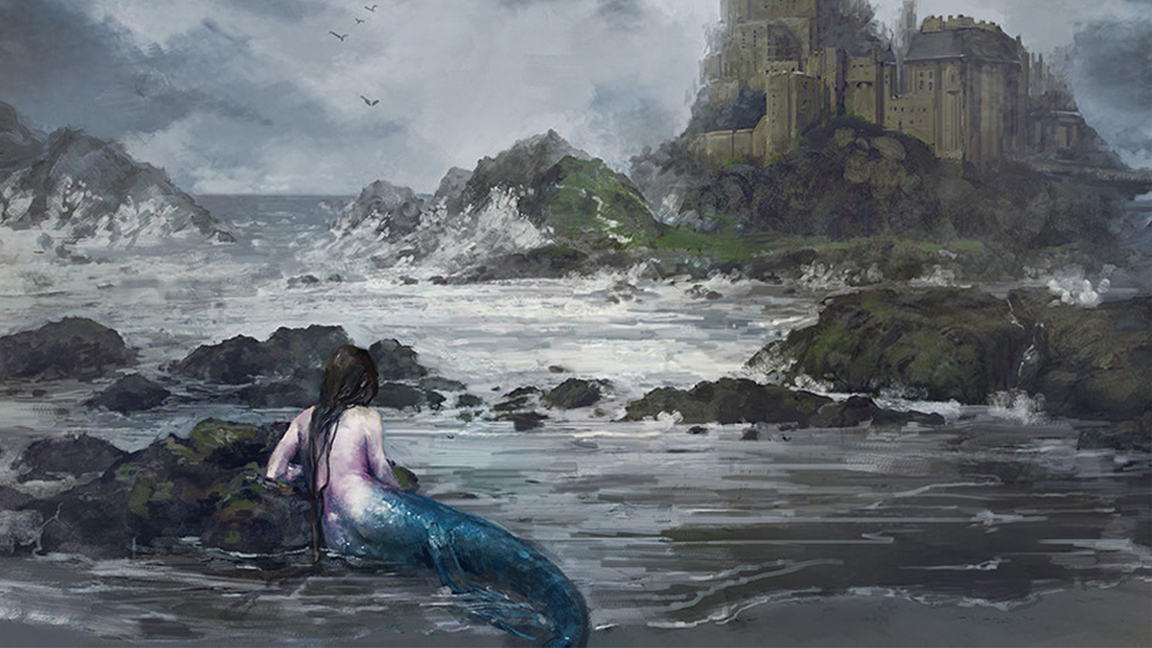
For individual artists, taking a first step legally can be a constructive action, even just to combat frustration and help with mental wellbeing. Roena Rosenberger, an illustrator and concept artist based in Germany, used her legal costs insurance to hire a lawyer with a view to suing companies that have used her images to train AI models without her consent.
Get the Creative Bloq Newsletter
Daily design news, reviews, how-tos and more, as picked by the editors.
"It absolutely gave me peace of mind," she says. "I'm a person who needs to have a plan and it helped me a lot to contact a lawyer." Strategically it makes sense for her to wait until the German courts are more familiar with the issue before moving forward, so she’s currently biding her time.
Rosenberger describes the technology as "a pretty, glossy toy" that’s alarmingly good at mimicry of artists’ styles, and notes that similar tools will likely start to affect other professions. When that happens, many more people will join the fight to protect the rights of creators. "Our boat won’t stay as small as it is now," she says.
Generative AI art needs to be ethical
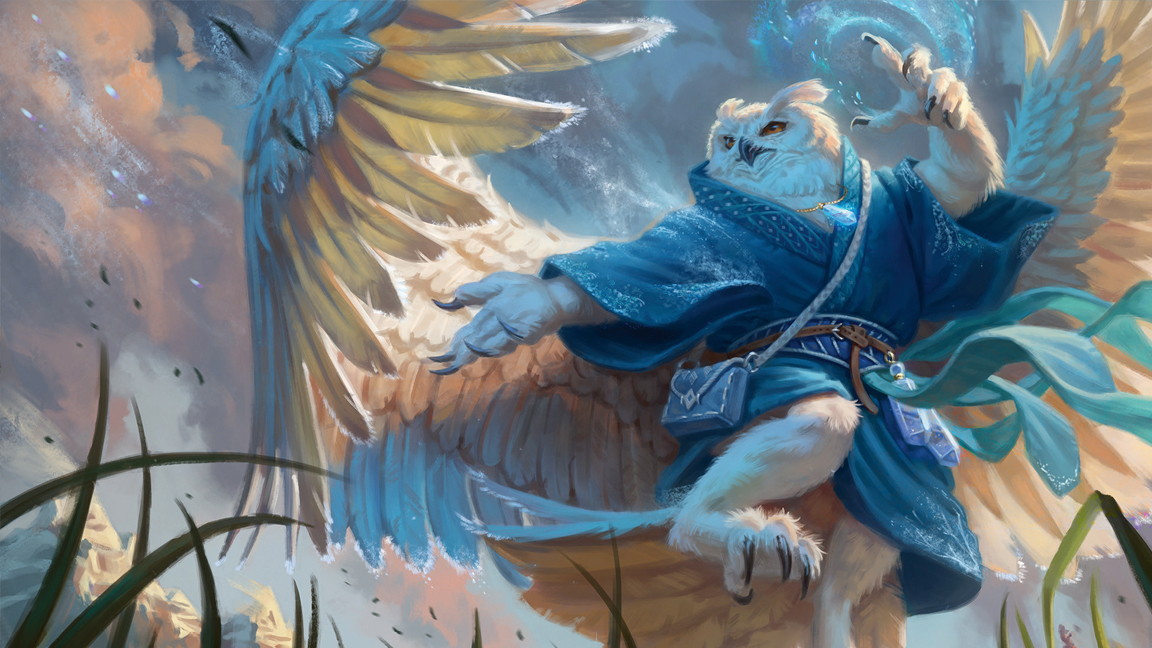
Many artists hope the makers of AI image generators will be forced to discard models trained on data sets that contain work they don’t have permission to use, and build new ones using images for which they do have consent. Some companies are going down this road already, for example the photo and video editor Prequel powers some of its effects with its own in-house neural network built on images that artists have been commissioned and paid to create.
It's hoped that when artists’ rights are respected, the conversation can move on to exploring how this technology can be used to assist the creative process, as opposed to replacing it.
"I would like to see studios have a dialogue with their artists on how it's possible to implement AI in a way that lightens the workload on tasks that are repetitive, tedious, unwanted time sinks, so that artists have more time for the actual important creative work," says Christina Kraus, a freelance artist who specialises in fantasy characters.
Alongside the ethical issue of artists’ work being used without permission is the question of the extent to which AI art poses a threat to the livelihoods of artists. It’s often pointed out that AI can’t do the kind of problem-solving that’s core to the role of a professional artist, so do they really need to worry?
"I think they have the potential to become a serious threat to working artists in the future if they don't get regulated," says Kraus. "We already see AI images being used on book and magazine covers, to illustrate articles, and even Netflix experimenting with using AI for its anime Dog and Boy."
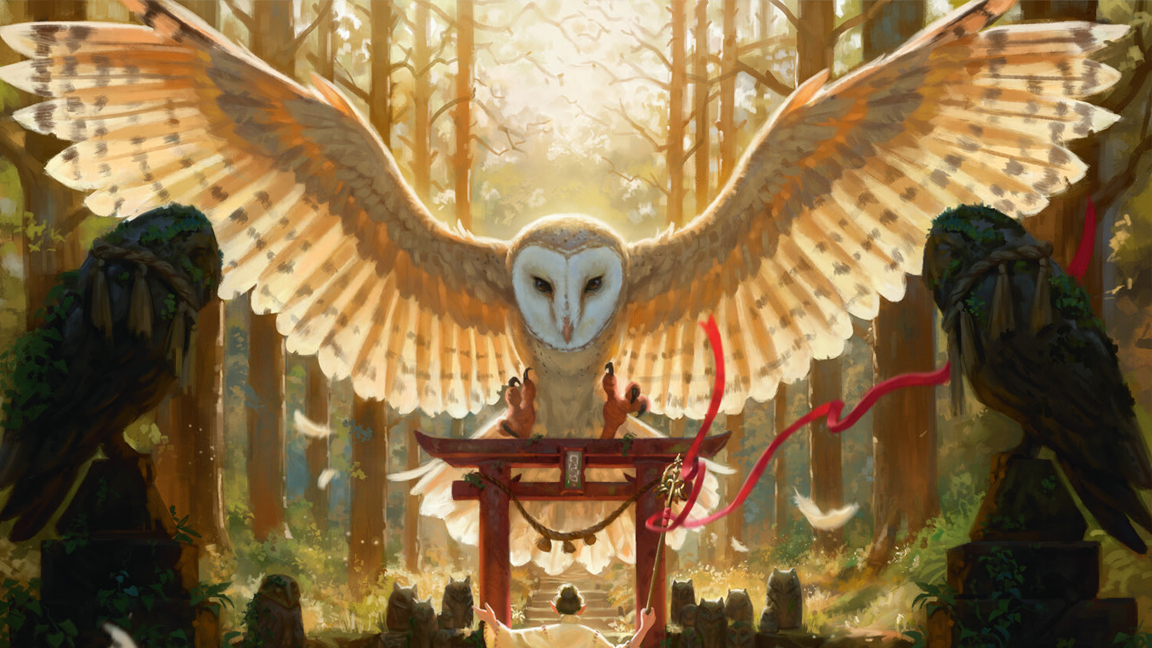
Kraus anticipates that more companies will follow in the footsteps of Netflix, especially as the technology becomes more capable and overcomes some of its limitations. "It's always about saving money and churning out as much content as possible, often with no regard for the quality of the output or the wellbeing of the people creating it," she says.
"I don't think that AI can displace artists entirely, but it will change the climate, and many of the entry-level jobs that provide the first working experiences will be taken over by AI. Students and artists trying to break in will have an even harder time."
Kraus supports efforts to make training sets ethical by obtaining consent and paying artists, but still holds reservations about the basic nature of the technology. Could we end up with a situation similar to music streaming, in which artists are paid a pittance per ‘use’ of their work?
"If AI becomes ethical, there’s nothing to stop companies from using it. If we’re lucky, we’ll get a few bucks for our images being in the training data and that's it. That's why it's so important that studios have a dialogue with artists instead of simply cutting costs and getting rid of them. In the end, I'm not sure if ethical AI would make the situation better or worse for artists at large."
The impact of AI art is serious
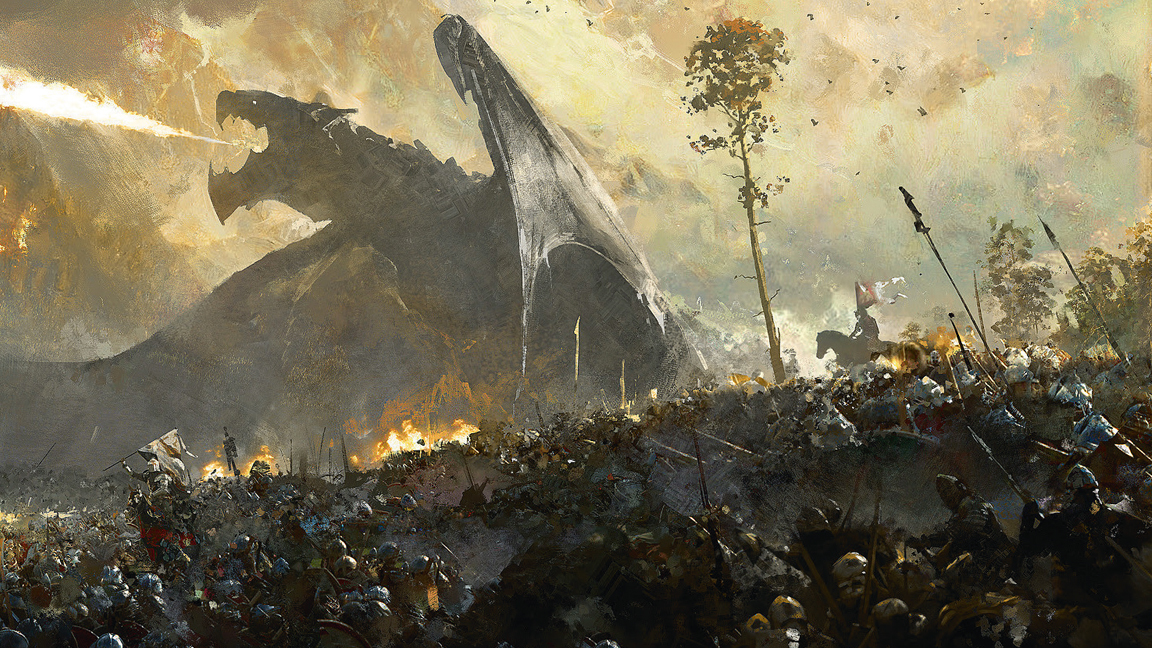
One artist who became a prominent voice in the conversation is Greg Rutkowski, after it became a trend to use his name as a prompt for generating a particular painterly style. "I was shocked to find so many artworks signed with my name that weren't mine," he says.
Rutkowski sees the use of artwork to train AI models without permission as a "violation on many levels", and believes that the building of datasets for AI should be strictly regulated. Like many artists, he notes that while AIs might be good at copying a style and producing work with superficial appeal, they can’t design art the way a human does and adapt to feedback.
"There is a purpose in designing something from scratch," he says. "When you design clothing for a specific time period, you think about its purpose and the historical context. When you create concept art of machinery, for example, it has to make sense, be believable and look like it works. So far, AIs produce abstract, almost surreal ideas, that may lead you somewhere but have no consistent purpose."
The current situation is something we have seen many times before and will no doubt see again: a new technology emerges and the law has to catch up. Only when that happens will we have an idea of how AI art will fit into our lives.
This article originally appeared in Imagine FX issue 226. If you liked this piece, you'll love ImagineFX. The world's favourite digital art magazine is on sale in the UK, Europe, United States, Canada, Australia and more. Limited numbers of ImagineFX print editions are available for delivery to over 120 countries from our online store (the shipping costs are included in all prices).
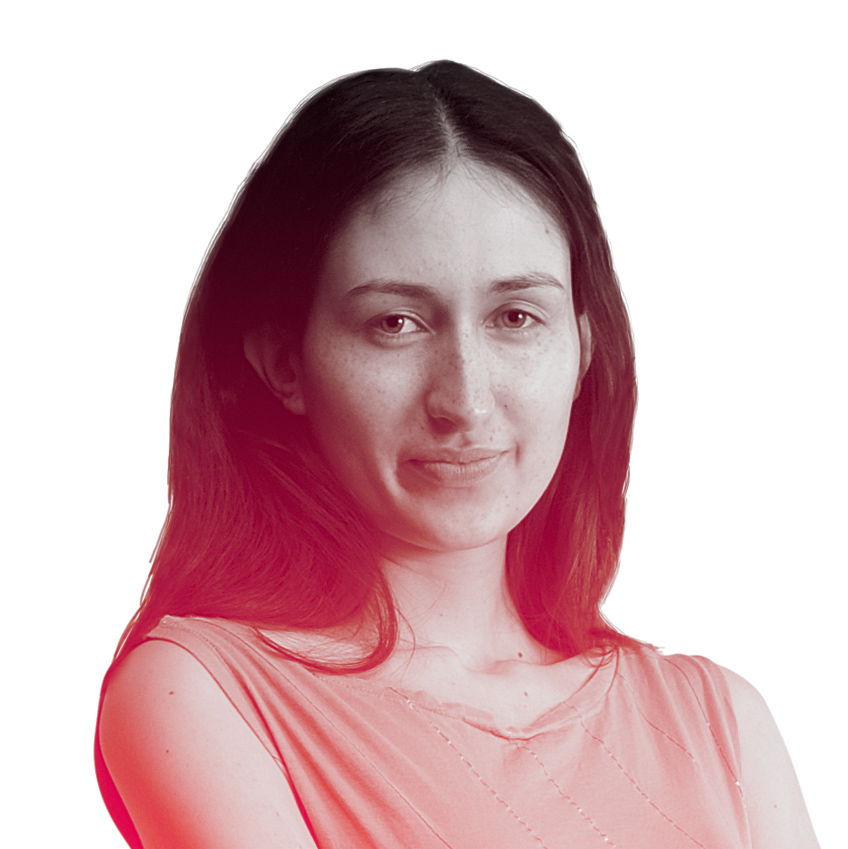
Tanya is a writer covering art, design, and visual effects. She has 16 years of experience as a magazine journalist and has written for numerous publications including ImagineFX, 3D World, 3D Artist, Computer Arts, net magazine, and Creative Bloq. For Creative Bloq, she mostly writes about digital art and VFX.
- Ian DeanEditor, Digital Arts & 3D
